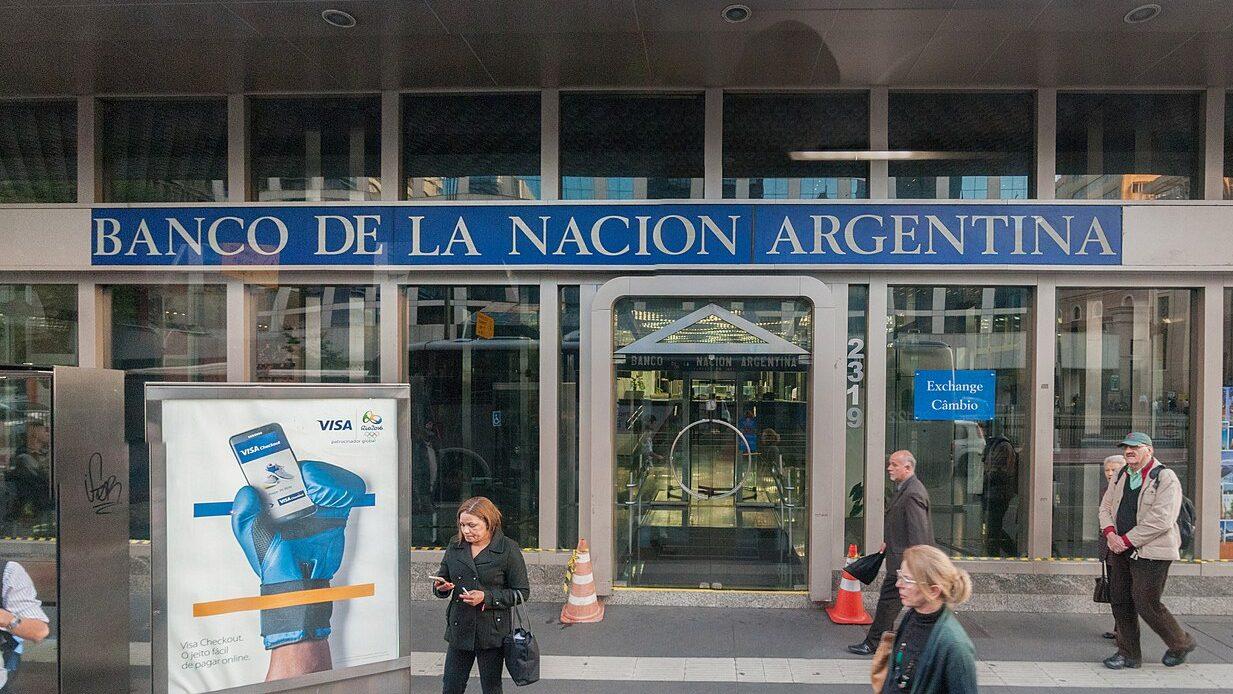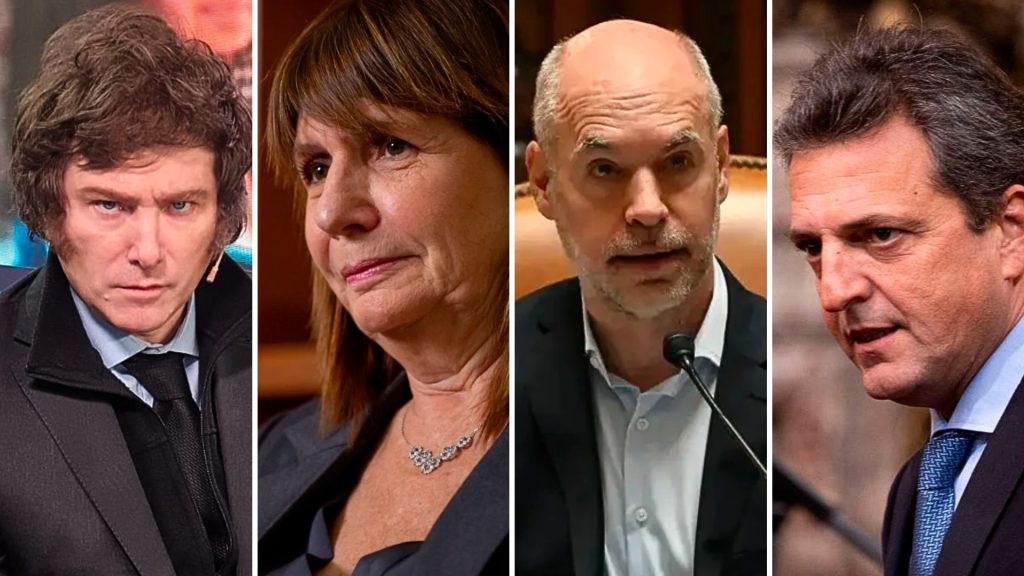Ah, my Argentina… The economy of this country is as complex a dance as a well-performed tango, each move filled with passion and drama. But trust me, you need to understand how the “Argentina Currency: Dollar Blue”, works to get a good deal on your Dollars.

Here I have 18,000 Argentine Pesos, roughly equivalent to 35 US Dollars (Argentina Currency: Dollar Blue), as of July 2023.
Understanding Argentine Peso Rates
The Argentine foreign exchange market is characterized by constant volatility. The Argentine Peso rate (ARS) fluctuates often, reacting to the country’s economic dynamics. Sadly, it’s governed by high inflation, with over 100% annually expected for 2023.
In this context, you’ll come across a peculiar term in Argentina: “Dollar Blue.” This refers to the parallel foreign exchange market, where Argentine Pesos are traded for US Dollars at a rate usually more advantageous than the official rate.
This is due to an economic phenomenon known as the exchange rate gap
The exchange rate gap in Argentina is the difference between the value of the US Dollar in the official market and its value in the parallel market, also known as “Dollar Blue.” The existence of several Argentine Peso rates results from various economic conditions and policies.
Staggeringly, there are more than 30 different rates today, according to government rules applied to certain markets. Besides the Official and Blue Dollars mentioned, there are also Soya, Qatar, Coldplay, Netflix, and Crypto Dollars, among others.
In the official market, the Argentine Peso rate is heavily impacted by government interventions and restrictions. The Argentine government imposes heavy taxes on the purchase of US Dollars. These taxes make the US Dollar more expensive in the official market.
Additionally, there’s a policy known as “cepo al Dollar.” This measure limits the amount of US Dollars that individuals and companies can acquire in the official market each month, aiming to prevent capital flight. However, these restrictions encourage people to seek alternatives in the parallel market to acquire Dollars.
Finally, the combination of these taxes and restrictions creates a higher demand for US Dollars in the parallel (blue) market, where exchange rates are not controlled by the government.
People turn to the Blue market to buy Dollars and other currencies to protect themselves from high inflation, despite the parallel market being considered “illegal” from the Argentine government’s perspective.

Firstly, converting your US Dollars to Argentine Pesos involves several steps.
Just as a side note, currency exchanges make their profit through the difference between the rate they use to buy a currency (buy rate) and the rate they use to sell it (sell rate), also known as the spread. But that’s not our concern, as our goal is to travel and enjoy the delights of Buenos Aires, not to start a financial institution.
However, there’s a key detail you should be aware of. Even though the Official Rate exists, your Dollars will be valued based on the Blue Rate, the market’s rate.
This is due to the fact that the two Dollar rates you should consider are: the Official Rate and the Blue (parallel) Rate. It’s important to note that the latter is usually the one applied when dealing with international currencies such as the US Dollar.
For the sake of simplicity in this example, I’ll use a rounded rate that is quite close to the reality of July 2023.
Official Rate: 1 Dollar is equal to 250 Argentine Pesos;
Blue Rate (Parallel): 1 Dollar is equal to 500 Argentine Pesos.
And even better, you don’t necessarily have to exchange your Dollars for Pesos. All you need to do is stay up-to-date with the day’s Blue Dollar rate. Trust me, the Dollar currently fluctuates quite significantly in value each hour.
To demonstrate how this works:
Blue Rate (Parallel): With 100 Dollars, I would simply keep an eye on the day’s Blue Rate. If the currency exchange applies the Blue Rate of 500 Pesos to 1 Dollar, they would purchase 50,000 Argentine Pesos for my 100 Dollars.
Credit Card International: “Blue” Dollar Tarjeta
The “Dollar Tarjeta” is an initiative of the Central Bank of Argentina to encourage foreign tourists to use credit and debit cards instead of the informal market, stimulating the entry of Dollars into the formal market.
The main change is that credit card expenses use the MEP (Mercado Electrónico de Pagos) Dollar rate. This type of Argentine Peso rate is more advantageous than the official Dollar and comes close to the Blue Dollar value.
Before 2022, card payments used the official Dollar rate, therefore less favorable, which discouraged its use.
Argentina’s Peso Rate Might Change: 2023 Presidential Elections
Currently, Argentina is in the midst of a presidential campaign, and the 2023 elections could bring a significant shift in the country’s economic approach, consequently changing the exchange rate for tourists.
The four main candidates — all with pro-market profiles — promise to unify, or at least simplify, Argentina’s complex exchange rate situation:

- Javier Milei, an economist and current national deputy, is known for his liberal and minarchist views. His main focus is the reduction of state intervention and the official dollarization of the country, which could lead to a more liberalized exchange market;
- Patricia Bullrich, former Minister of Security, has a reputation for being tough on public security issues, but also shows a liberal orientation in the economy. Her experience could bring a more pragmatic and secure approach to dealing with the economy;
- Horacio Rodríguez Larreta, the current governor of the Autonomous City of Buenos Aires, has a long career in Argentine politics. He is known for his modernization ideas and could bring this approach to the economy.
- Finally, Sergio Massa, current Minister of Economy and candidate of the situation in the country (“indicated” by Cristina Kirchner), has been in opposition at various times and shows pro-market economic positions, however, during his term as minister, the Blue Dollar jumped from $314 Pesos to $525.
In conclusion – Argentina Currency: Dollar Blue
For travelers, this could mean greater clarity and possibly better rates in the future.
Lastly, if you think this article might be useful to others, don’t hesitate to comment and share it on your social networks or directly with friends who are planning a trip to Argentina. Have a good trip and make the most of your Argentine experience!



